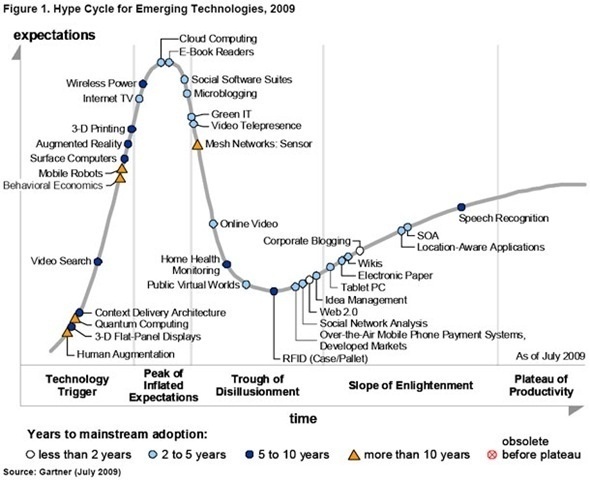During brunch today with a good friend, we were discussing about the sad tale of his failing computer. The fact that every computer part that he was purchasing was a cheap replacement part from China, without being aware of the authenticity of spare part was rattling his nerves. This includes from the motherboard to the power cord. How they manage it to produce it at such a low cost was a puzzle to him. Rightly so, imagine buying a power cord from China at Rs. 20.00, this includes the manufacturing cost, the shipping and the distribution cost.
Imagine the power wielded in such numbers, a country which can change global markets due to the sheer power of its manufacturing. Economies evolve, some do this gradually and some jump the gun. India was an agrarian economy … come the 20th century, and we are a service-based economy. We jumped the gun of becoming a manufacturing economy. Boon or bane?
Bane I say. Without the right set of manufacturing infrastructure, our service economy is an overhyped case of derived demand. A nation depending on the global markets to survive its burgeoning service industry. Almost all the infrastructure for this service comes from outside. What happens when the economy which is providing the manufactured goods suddenly decides to evolve further and move into service industry? They suddenly become more poised to take on stronger service economies simply because they can deliver end-to-end value.
People have been saying it all the time, that the Chinese are better at technology, they are hard workers, intelligent even. The only advantage that we had was previous engagements and our ability to speak english. Languages can be learnt, learning can be multiplied. Sooner or later, the Great Indian Outsourcing Dream will come to an end and turn into Comrade Mao’s Technology Farms. Service has to be differentiated upon quality and not cost. Wake up India!!



